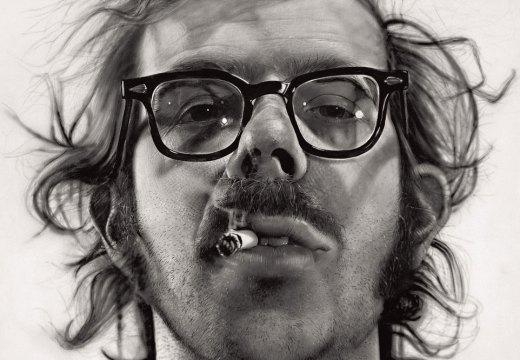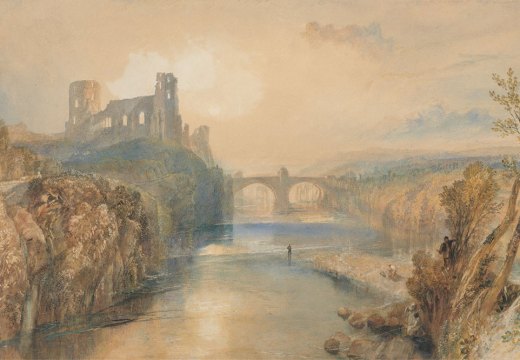The Russian goldsmith Peter Carl Fabergé and his illustrious workshop are perhaps best known for the Imperial Easter Eggs created for the Romanovs from the late 19th century until their demise in 1917. Less well known is that Fabergé established a branch in London in 1903 – the only one outside Russia Their fabulous creations were highly prized among Edwardian high society (the Russian Empress Maria Feodorovna was the younger sister of Alexandra of Denmark, Edward VII’s queen). Exploring the intricate networks that existed between Europe’s ruling elites, this display at the Victoria and Albert Museum in London (20 November–8 May 2022) includes more than 200 ornate trinkets fashioned from rock crystal, diamond, hardstones and precious metals elites; a particular highlight is a group of three Imperial Easter Eggs, never before seen in the UK. Find out more from the V&A’s website.
Preview below | View Apollo’s Art Diary here

Painted enamel rose with nephrite leaves in a rock crystal pot (1917), Fabergé. Photo: © Wartski, London

Alexander Palace Egg (1908), Henrik Wigström for Fabergé. Photo: © The Moscow Kremlin Museums

Moscow Kremlin Egg (1906), Fabergé. Photo: © The Moscow Kremlin Museums

Fabergé’s premises at 173 New Bond Street in 1911. Courtesy the Fersman Mineralogical Museum, Moscow and Wartski, London
Unlimited access from just $16 every 3 months
Subscribe to get unlimited and exclusive access to the top art stories, interviews and exhibition reviews.














![Masterpiece [Re]discovery 2022. Photo: Ben Fisher Photography, courtesy of Masterpiece London](http://www.apollo-magazine.com/wp-content/uploads/2022/07/MPL2022_4263.jpg)
Has the Fitzwilliam lost the hang of things?